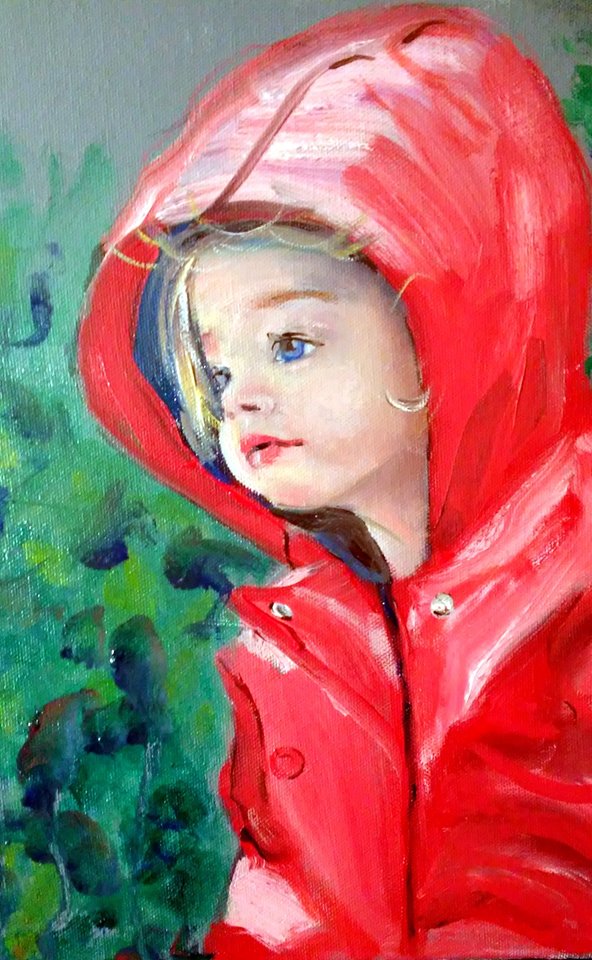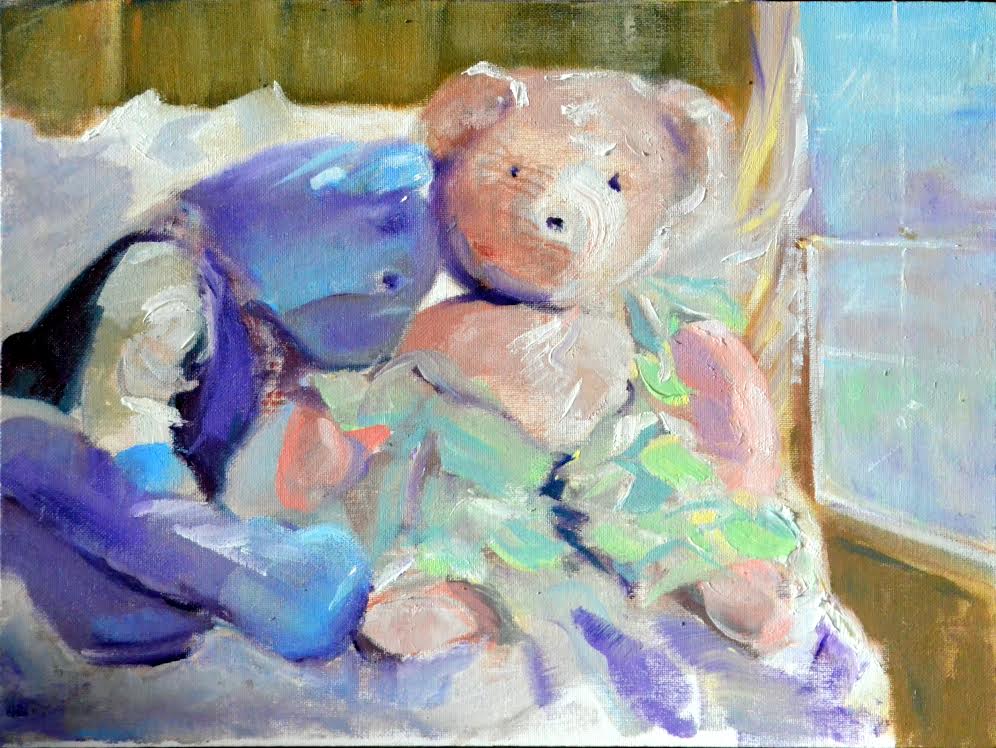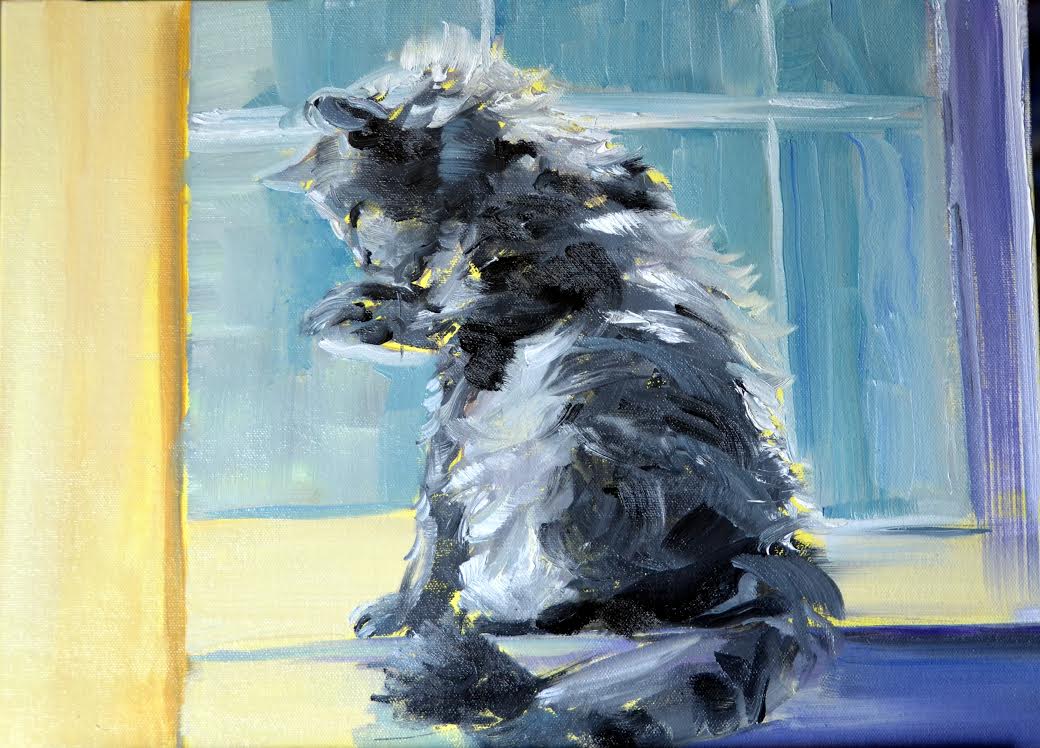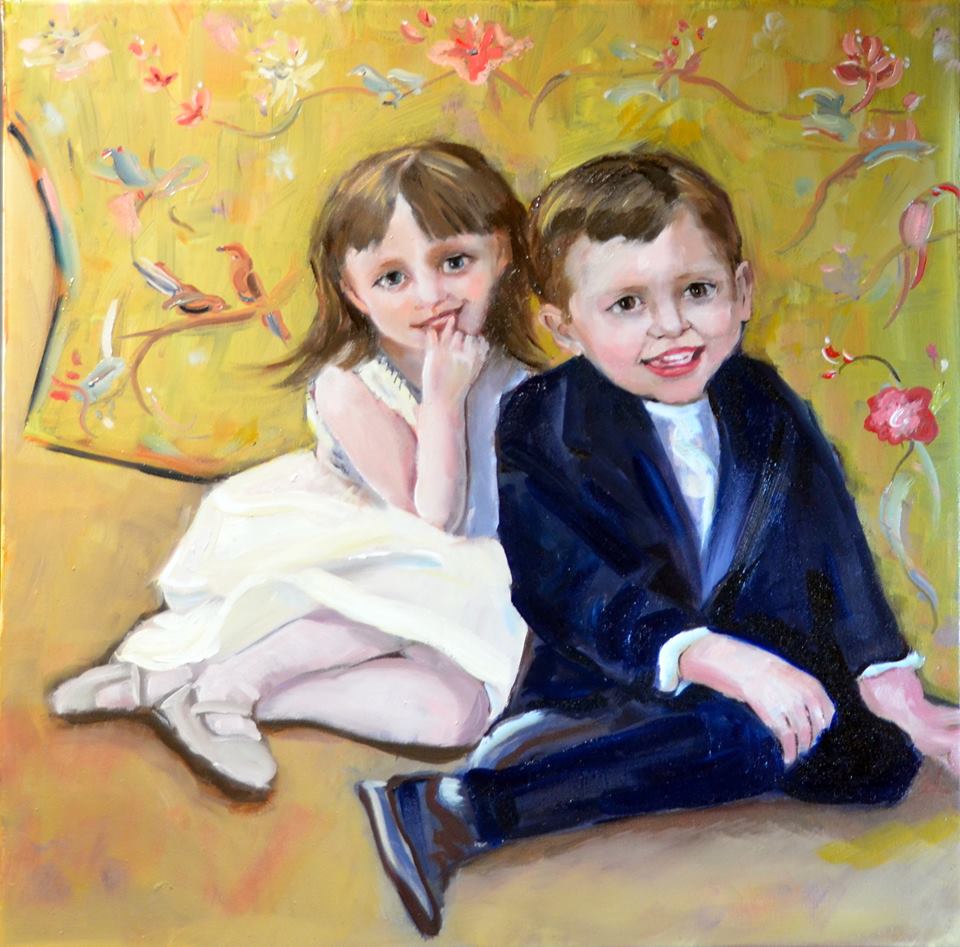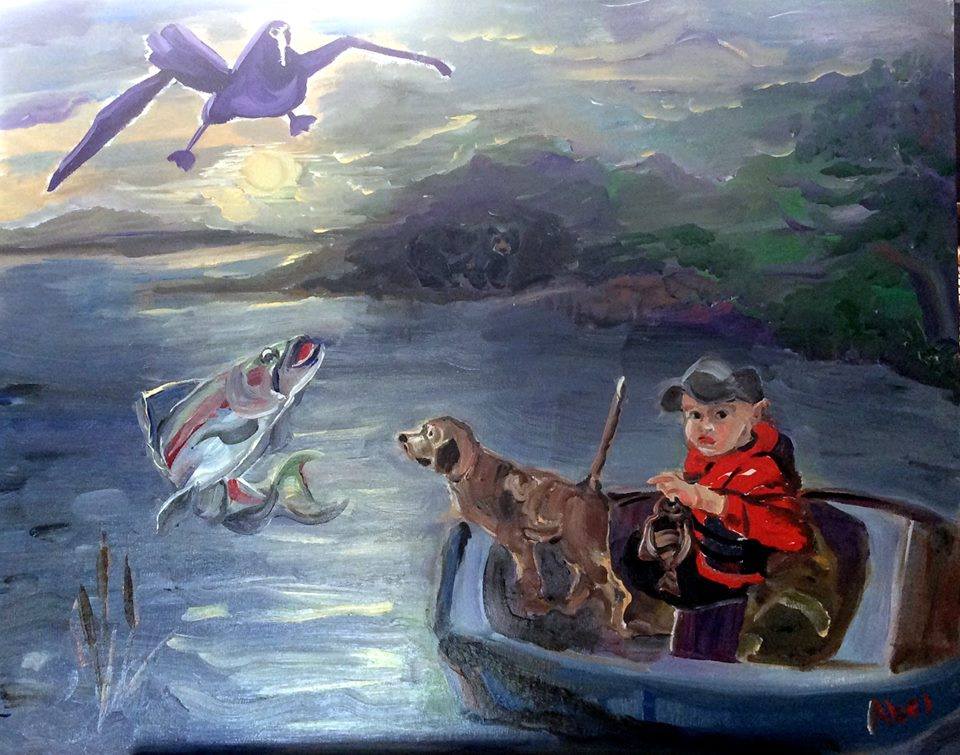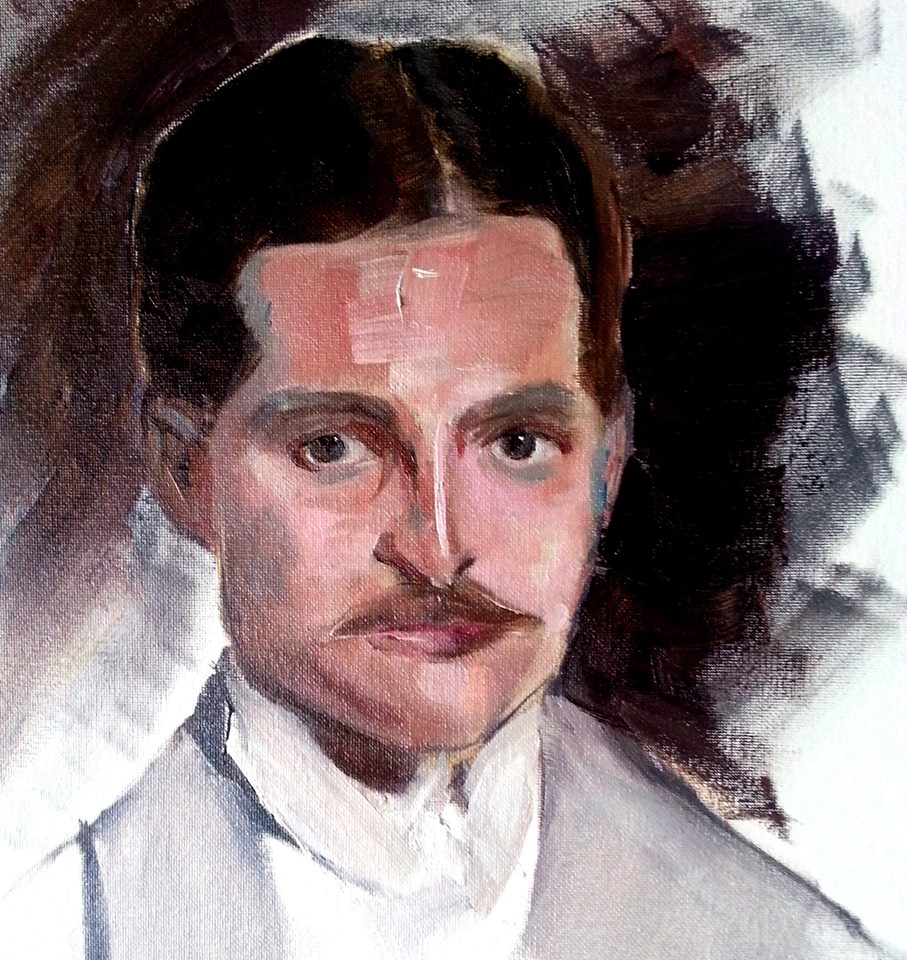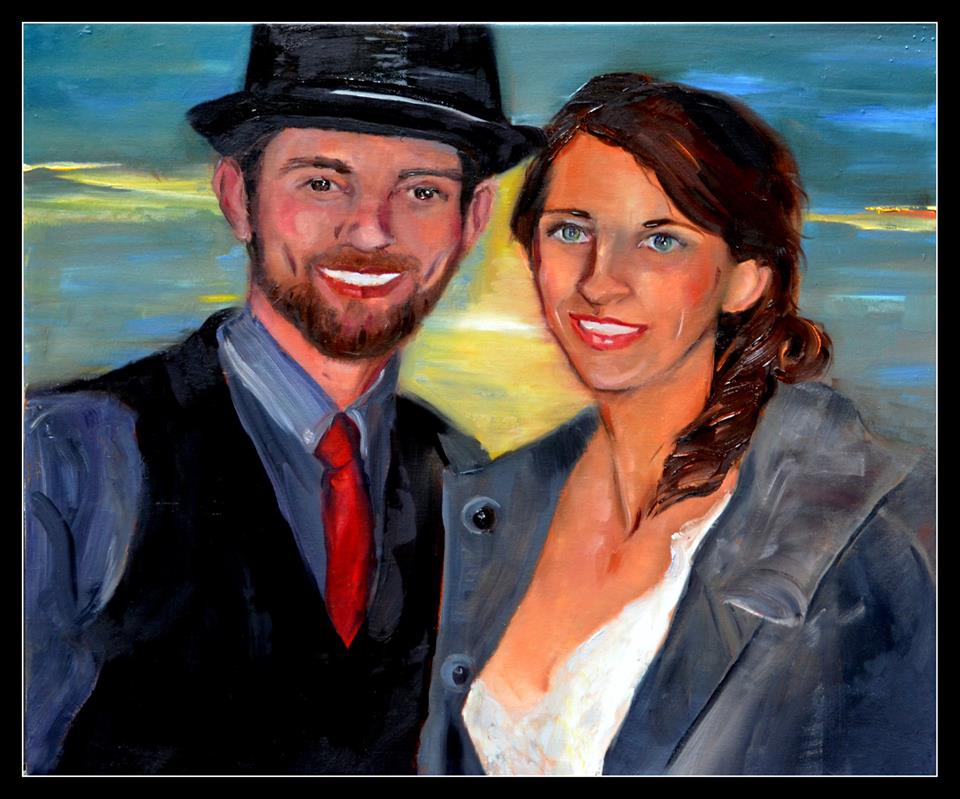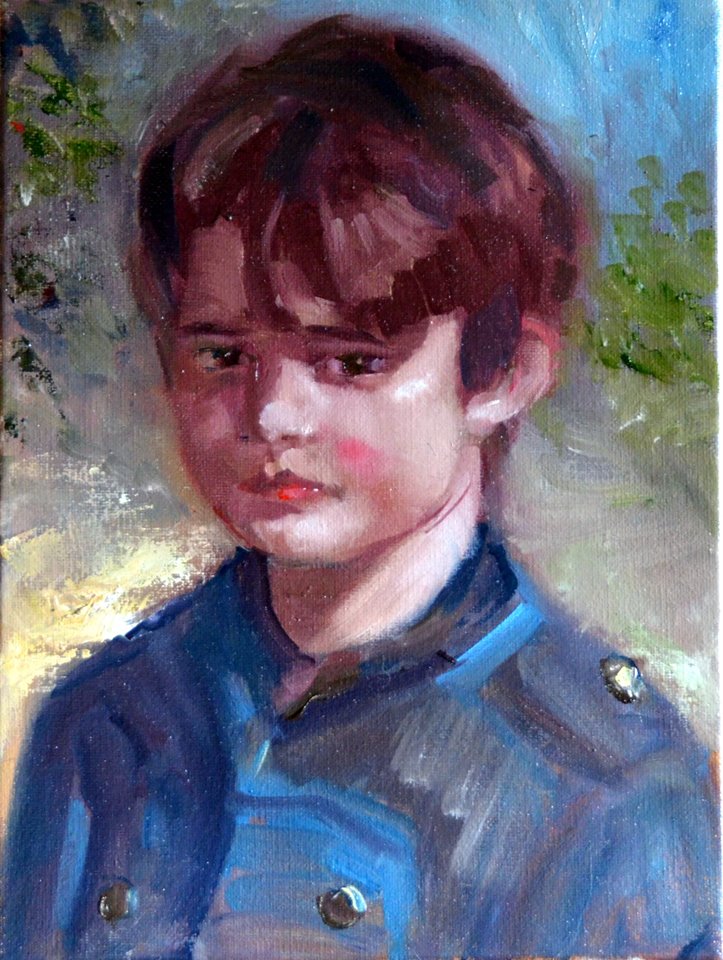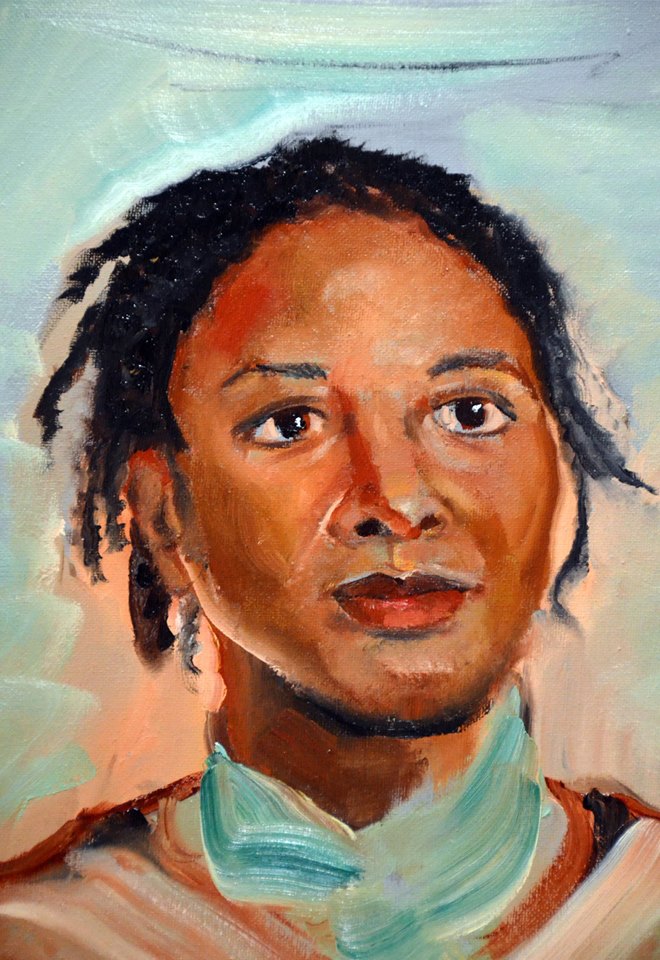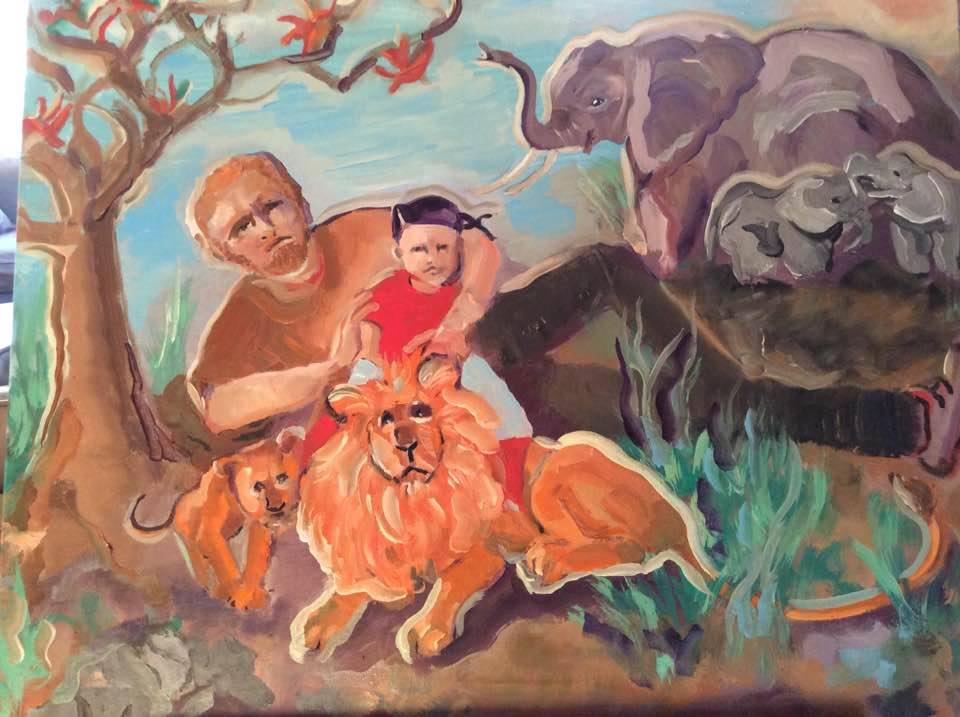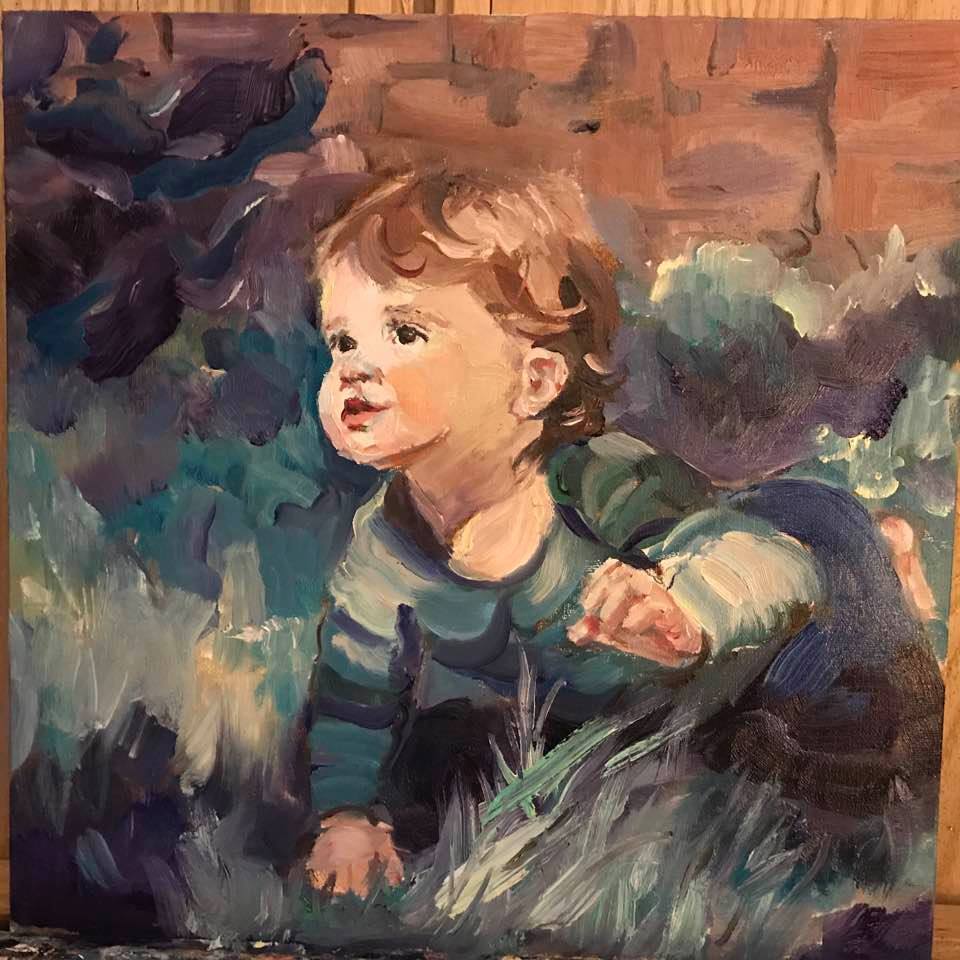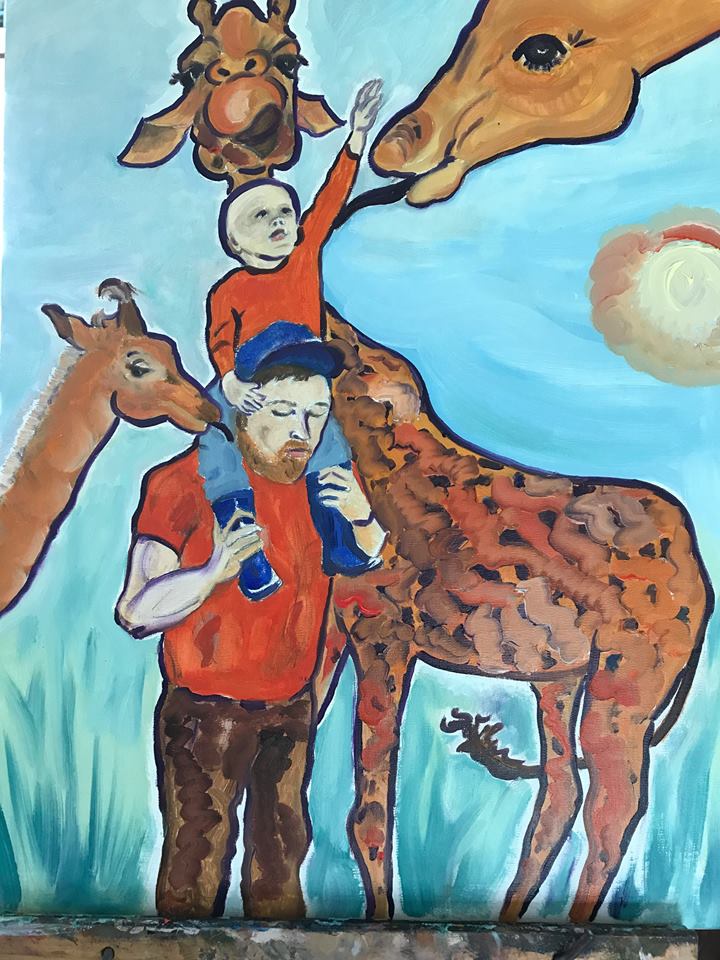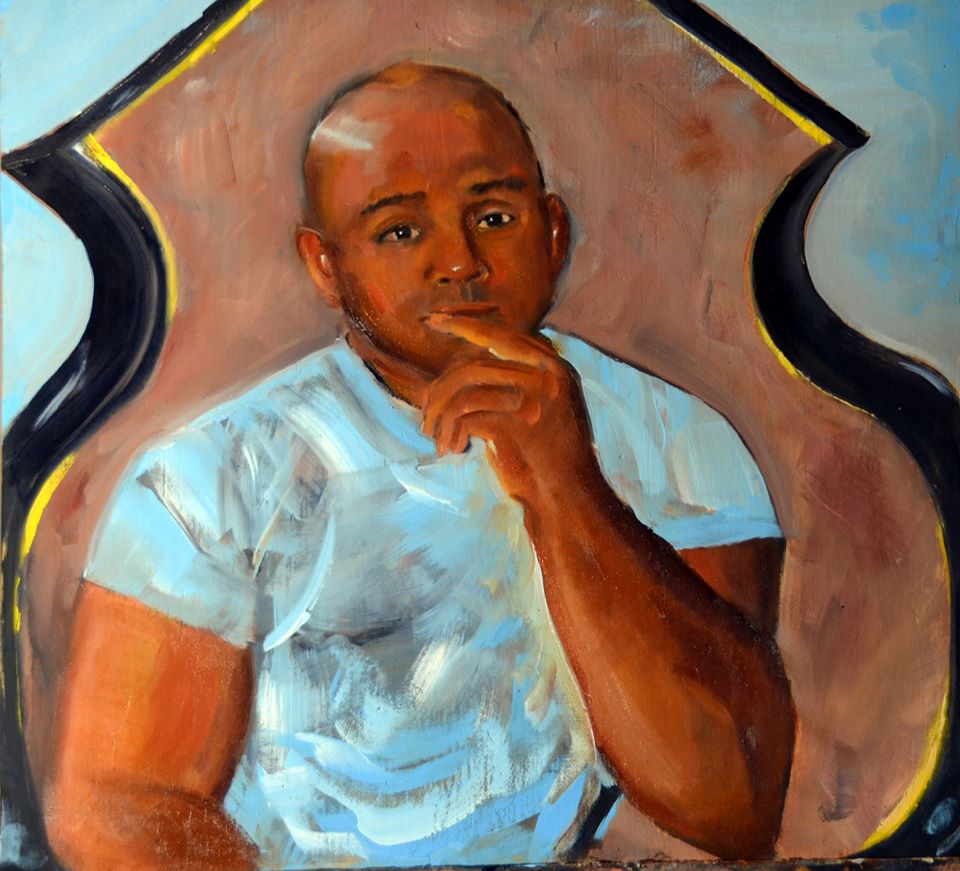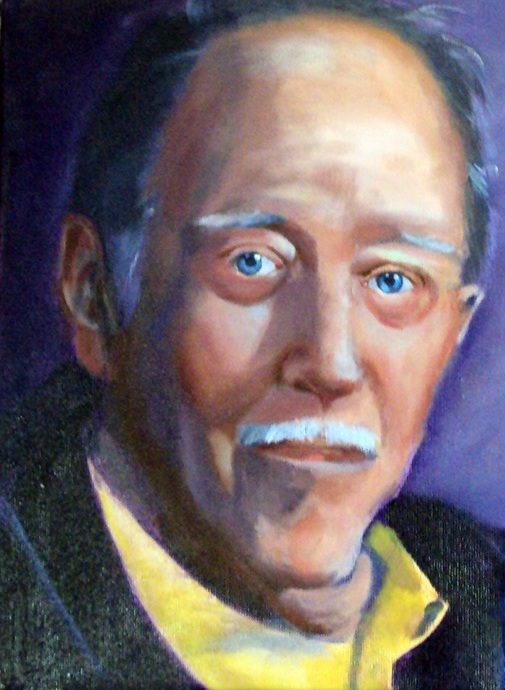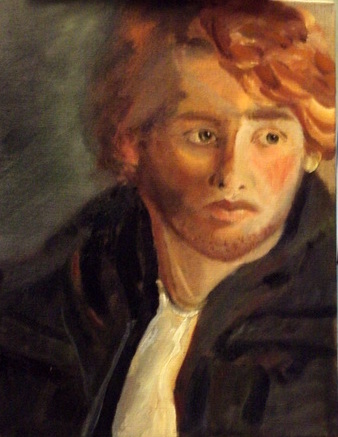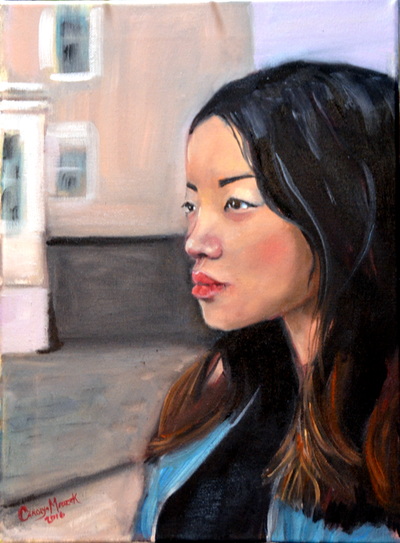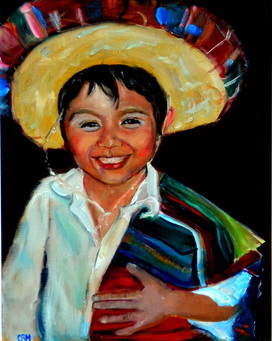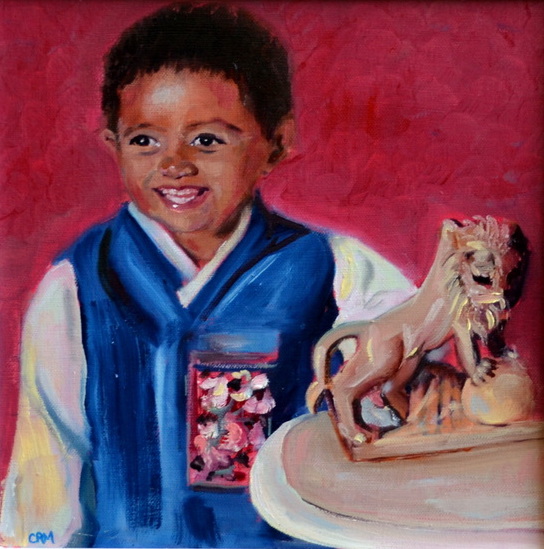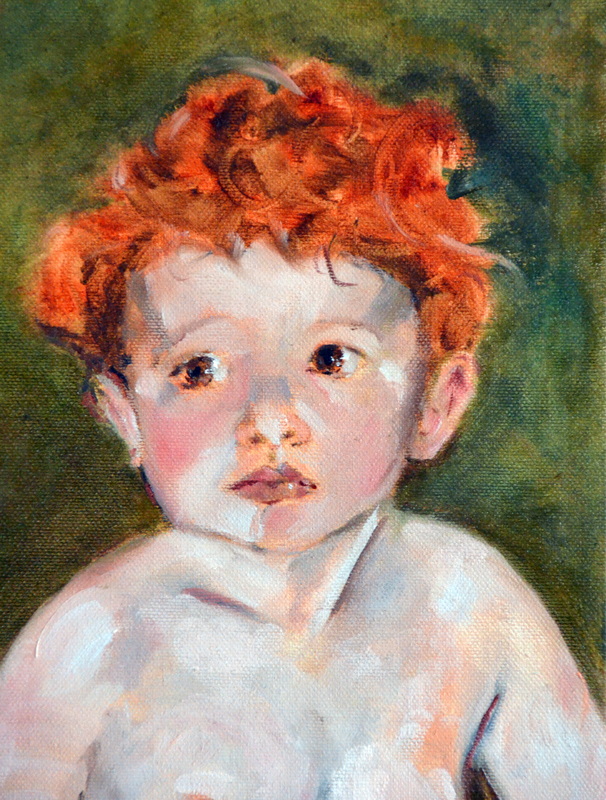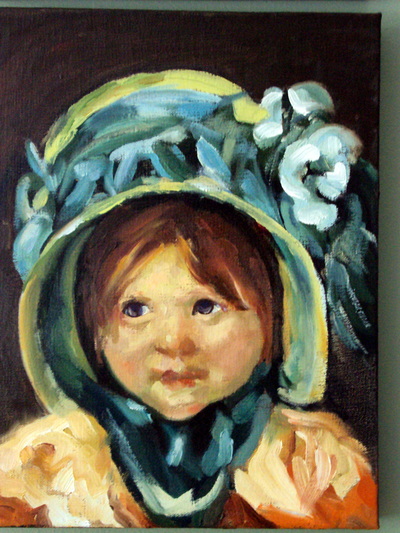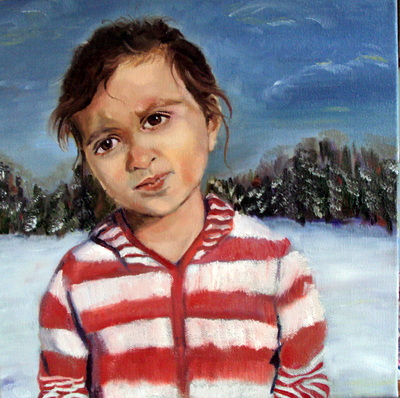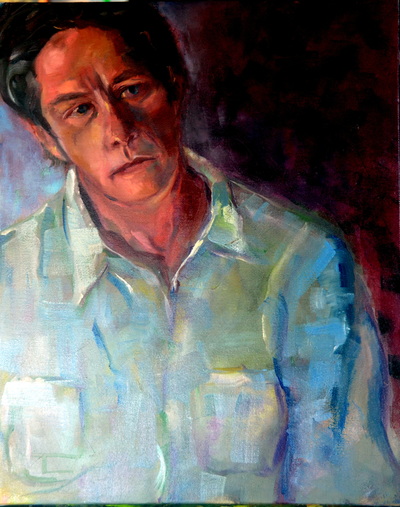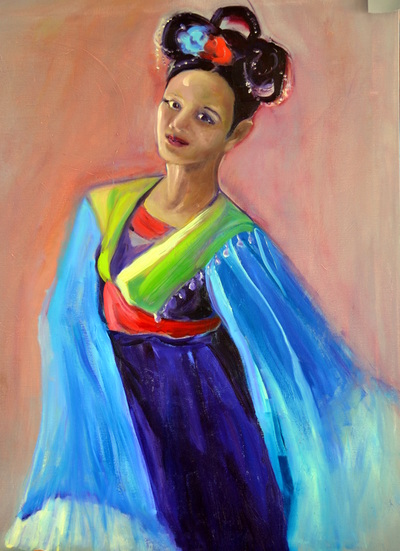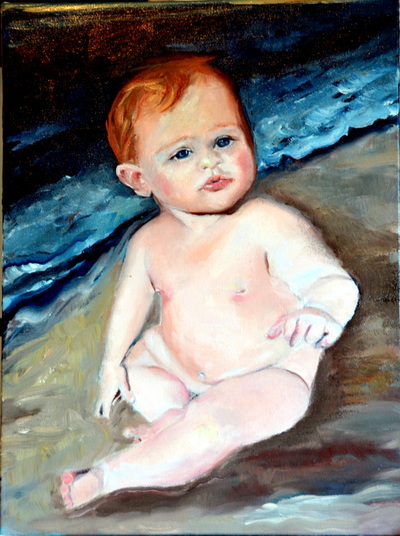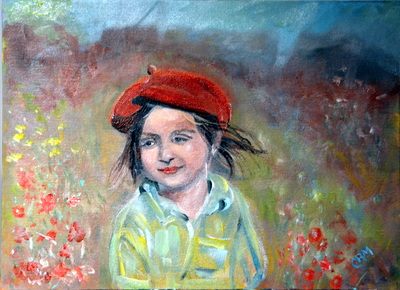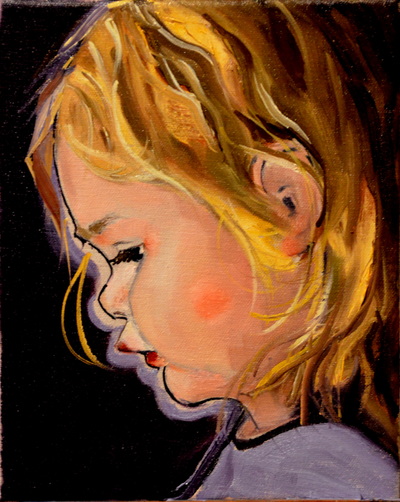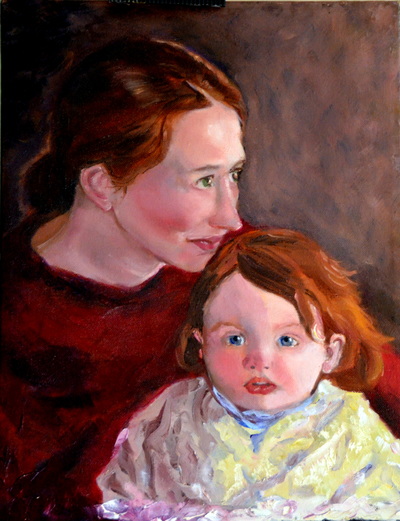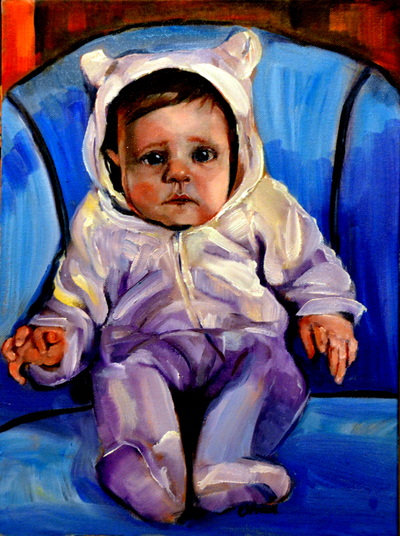MY PORTRAIT PAINTING PROCESS
Ideally my work would be figure drawing and painting which is taken directly from life. Skin tones are especially difficult to ascertain from photographs. A life model also provides me with a chance to study mannerisms and overall personality. This helps me to decide what mood, lighting and pose would work best to bring out their unique characteristics. I have come to realize however that it is increasingly rare for someone to model for many hours over a long study period so I do need to rely on photographs to assist in finishing a piece.
If the work comes as a commission in which I will not be able to meet you or your loved one, I would ask a page of questions about the individual so that I can get a sense of their nature. My favorite studies are of children. I feel such joy being around children. Their charm and innocence are ever present. Up to a certain age most children are beguilingly candid and open about their expressions which is a pure delight to try to capture.
I usually start by doing quick pencil sketches to work out the drawing and composition. Once I have a good feel for the design I will do an underpainting on toned canvas. This is a monotone rendering that is done to identify and work out the gradations in value from lightest light to darkest darks. Once that is dry I can begin to add color. I will block in large masses, working with wide brushes. Working quickly and with thin initial layers I will establish the overall painting. I always play around making adjustment with multiple layers and tones until it feels right. The main rules I follow are:
1.) Pull in the overall palette to every part of a painting to bring it all together. 2.) Step back from the easel after every few strokes to make sure I’m not getting too bogged down in detail. 3.) Create and use two palettes; one of warm and one of cool tones. 4.) Surround myself in studio with master paintings for inspiration. 5.) Listen to great music and let it flow!
